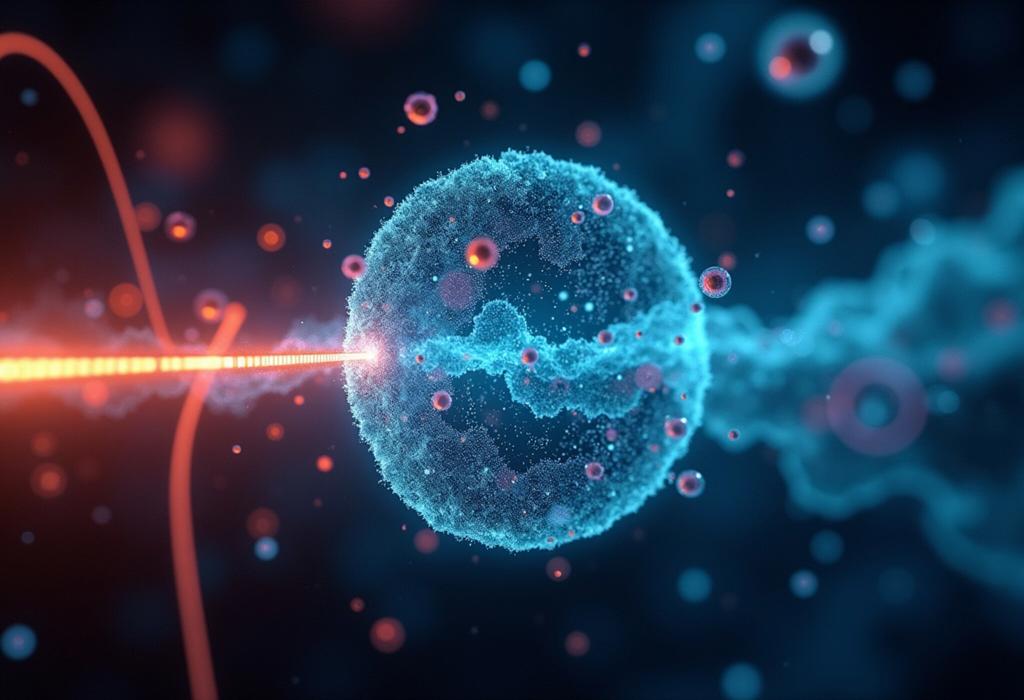In a groundbreaking development for the field of quantum physics, researchers from the University of Innsbruck have achieved what was once considered a theoretical impossibility by creating 'Schrödinger’s cat' states at warmer temperatures than previously thought feasible. This study, published in the journal Science Advances, lends credence to the idea that quantum superposition—where particles exist in multiple states simultaneously—can persist even in less-than-ideal thermal conditions. This advancement holds significant implications for the future of quantum computing and technology, as it reduces the necessity for extreme cooling methods that are currently vital to maintaining quantum properties. Previously, establishing these delicate superposition states required cooling quantum objects to the ground state, close to absolute zero. The researchers succeeded in generating these states at temperatures up to 1.8 Kelvin, which is a remarkable leap from the typical milli-Kelvin thresholds. Professor Gerhard Kirchmair and his team utilized innovative protocols to manipulate quantum states, suggesting a paradigm shift in how quantum phenomena can be harnessed. By showing that quantum effects don't diminish at higher temperatures, these findings may simplify quantum applications in practical scenarios, paving the way for more economically feasible quantum devices and systems. This research not only challenges long-held assumptions about quantum fragility but also broadens the scope of environments in which quantum technology can operate, setting a new stage for advancements in this burgeoning field. Moreover, the rigorous nature of the research, supported by thorough peer review and AI-assisted analysis, ensures that the findings are robust and can be further explored in subsequent studies. This research exemplifies how the intersection of theoretical physics and innovative experimentation can lead to significant advancements in technology—a key narrative in contemporary scientific discourse.
AD
AD
AD
AD
Bias Analysis
Bias Score:
20/100
Neutral
Biased
This news has been analyzed from 24 different sources.
Bias Assessment: The news article presents the findings from the research in a largely factual and informative manner, focusing on significant scientific achievements and their implications without showing a subjective stance. There is minimal biased language, and it accurately characterizes the nature of the study and its outcomes. As it primarily reflects a scientific breakthrough and its potential impact objectively, the bias score is low.
Key Questions About This Article




